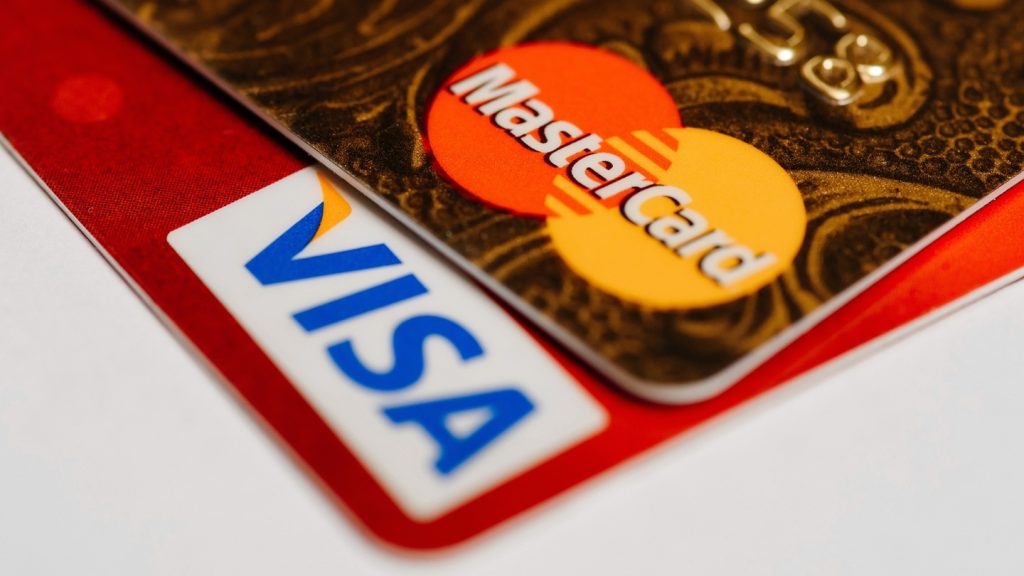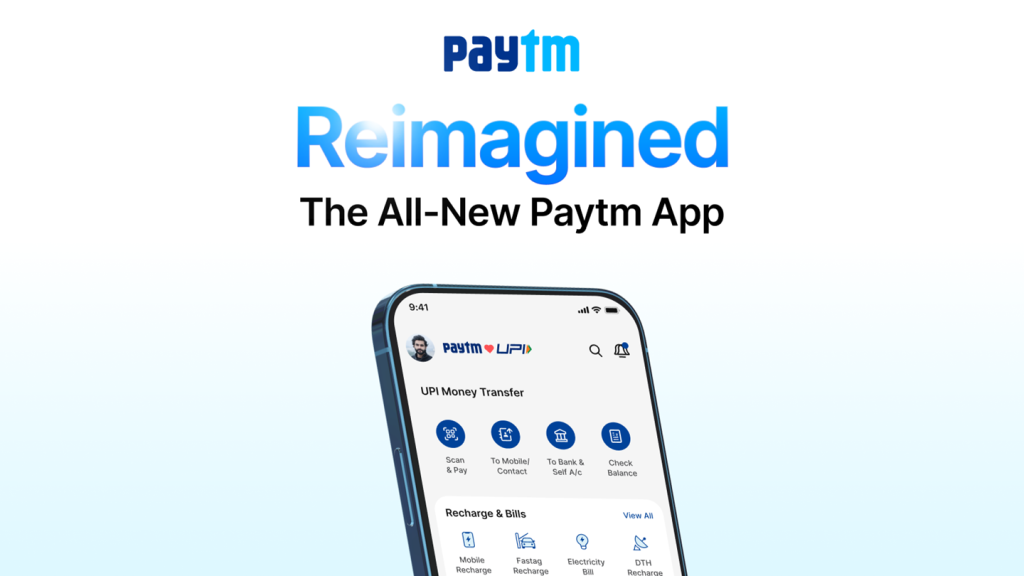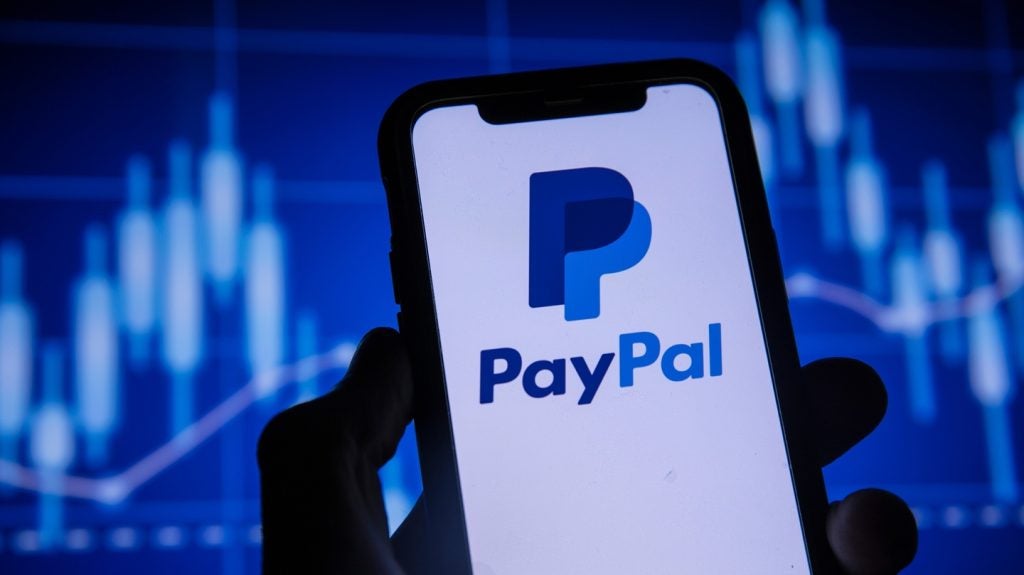Apple is in the process of doing to payments what Amazon has already done for gift certificates. In next to no time, Apple has matched and surpassed retail banks’ card transaction ecosystems. John Schlesinger, chief enterprise Architect at Temenos writes
The technology goliath has created the first payment mechanism where consumers appear prepared to change merchant if their favoured system — Apple Pay — is not offered. Their brand is that strong.

Access deeper industry intelligence
Experience unmatched clarity with a single platform that combines unique data, AI, and human expertise.
How did we get to this situation and what does it mean for the future of retail banking? Even though the need for banks as payment intermediaries may in future be much reduced, lenders should not panic. The game is not yet over.
Quick growth
A range of tech-savvy start-ups has been nibbling at profitable slices of banking businesses for some time. Initially, at least, the focus was on profitable niche sectors such as personal finance, trading and wealth management, with the charge being led by firms such as Wealthfront, Mint, Lending Club, TransferWise and eToro. These groups have taken advantage of technological change to offer customers better value or a differentiated financial services experience.
But the key opponents in the scramble to deliver the winning banking experience are the larger technology companies. And their eyes are on the vast market of everyday retail payments.
The ambition of Amazon Payments, Apple Pay, Walmart’s CurrentC, Google Wallet, Gmail Bill Pay and PayPal, among others, has been well documented. Some will succeed, others will not. Unencumbered by legacy IT systems, these organisations enjoy important advantages over banks — they can process huge amounts of data in real time and their customer view is hence more refined, meaning they know client preferences and can target relevant offers.

US Tariffs are shifting - will you react or anticipate?
Don’t let policy changes catch you off guard. Stay proactive with real-time data and expert analysis.
By GlobalDataThe charge into banks’ bread-and-butter card business has been led by Apple. Introduced last autumn in the United States (and being progressively rolled out elsewhere), Apple Pay has emerged as a genuine challenger to banks’ retail business.
Apple appears to be making headway where its rivals have struggled. It already has over a million US customers and an estimated 220,000 US retailer outlet partners, as well as signing up six major banks and the three major credit card companies, MasterCard, Visa and American Express. Retailers like Whole Foods Market cite "significant growth" in Apple Pay’s use.
How it works
Apple Pay securely stores multiple credit and debit cards on the Passbook application by encrypting or "tokenising" the information. Each card gets a device-only account number; actual card numbers are never stored or shared. With a wave of an iPhone and a thumb reading, the first alternative retail payment method that’s faster and easier than cards has emerged.
Importantly, the large financial institutions involved (the card issuers) have agreed deeply to discount their interchange fees for transactions initiated on the platform, giving Apple a cut of 15 basis points. This eliminates the need for a merchant acquirer — the bank or financial institution that processes credit or debit card payments on behalf of a merchant — and gives Apple a slice of the estimated $40 billion that banks generate annually from swipe fees.
Next steps
The next step for Apple will involve booking the purchases through iTunes, and this could potentially eliminate the need for issuers altogether as banks would merely become settlement utilities for iTunes without a customer relationship. They would process settlements once a month, while everything else would be controlled by Apple. The transaction would become a less valuable back-end bank transfer.
At the same time, banks and credit card companies also face competition from new players such as Adyen, Ripple and Blockchain, which aim to take banks’ role in handling real-time payments for merchants.
But it’s really about the data
While the convenience and security aspects of Apple Pay are interesting and the revenue stream significant, the real value is in the accumulation of data. Apple Pay doesn’t store any customer data on the smartphone itself and most of the sensitive data is encrypted. But Apple gains important information on items such as the merchant name, and the date and time of the transaction, which it can then associate with an Apple ID. Gaining this insight can put Apple in a position to recommend third-party products and services and to help customers to make better and more informed spending decisions. And it will surely extract a healthy profit from those relationships.
Banks must respond
There is plenty of bullishness around new payments — much of it justified, especially in the case of Apple.
Yet banks should not yet throw in the towel. They retain inherent strengths. If they are bold and adapt flexible digital channel strategies that addresses scalability and security issues, they can emerge as stronger brands from the shake-up.
We are seeing the first signs of that happening at banks such as Spain’s BBVA and ME of Australia, which have adapted their core banking systems to create digital platforms and challenge the data masters like Apple and Google.
Banks still have time to create data models to inform consumers and merchants about transactions at the point of sale, and about financial management. Their customers should be given more options for products and services when it is most convenient to them. The race is on.







